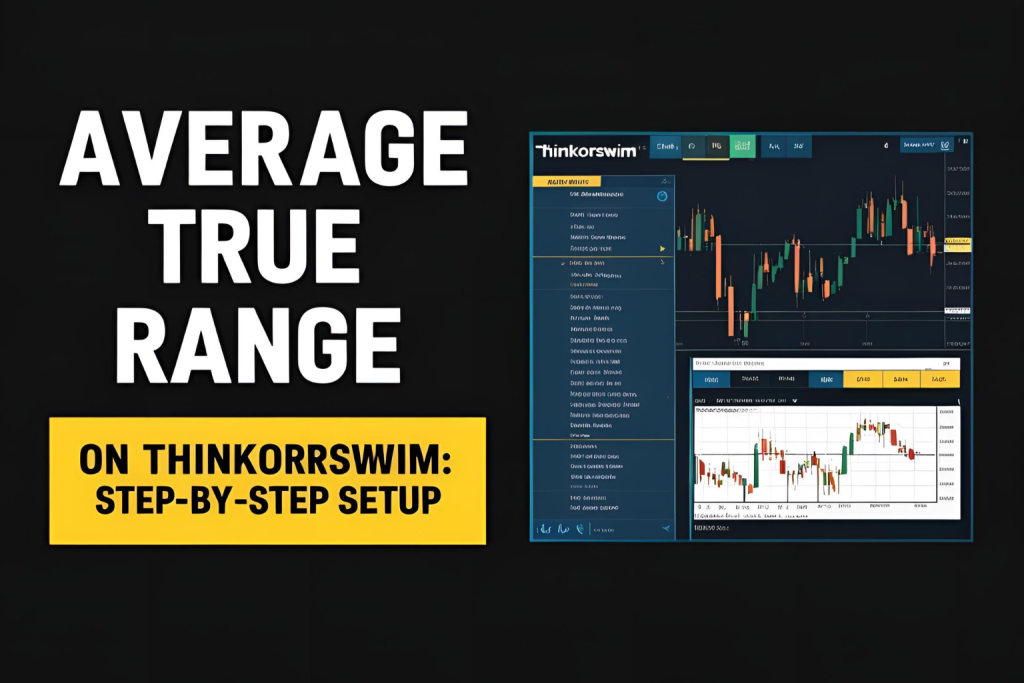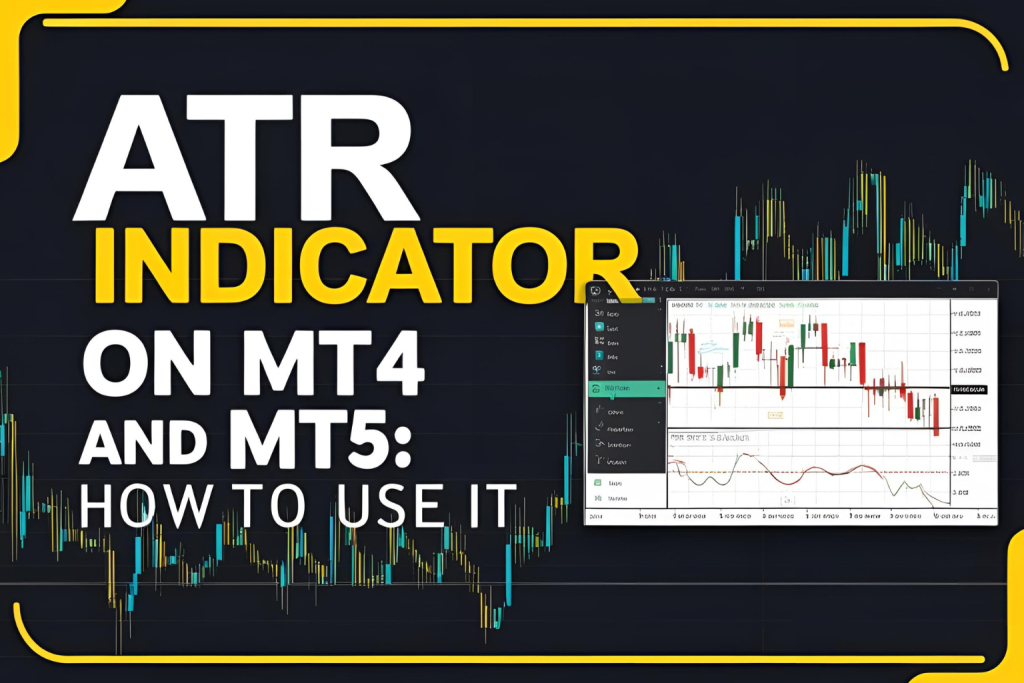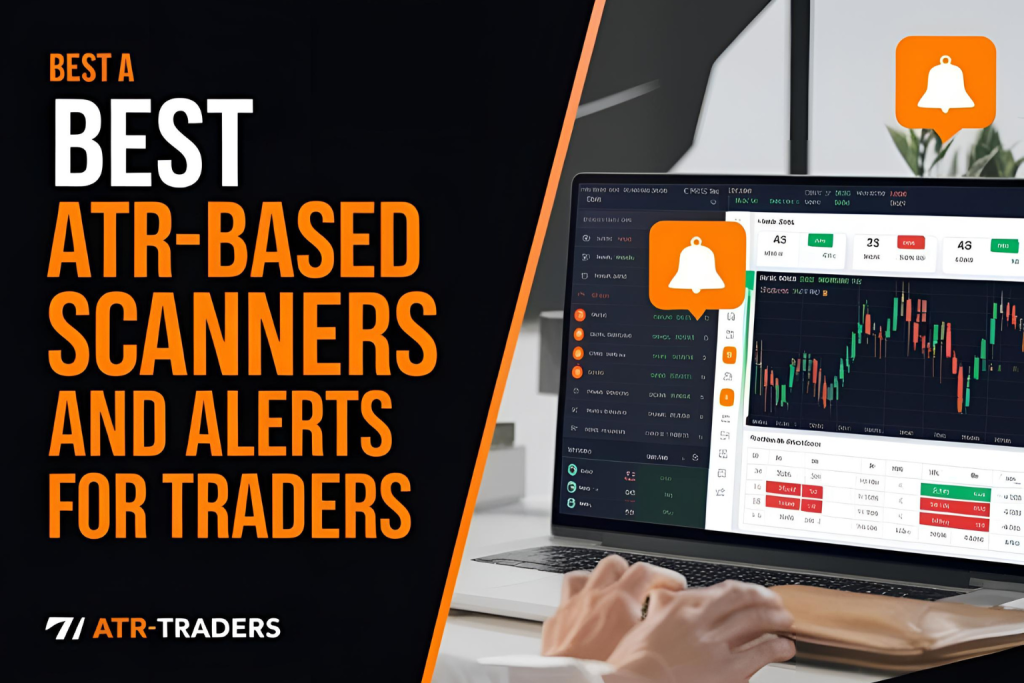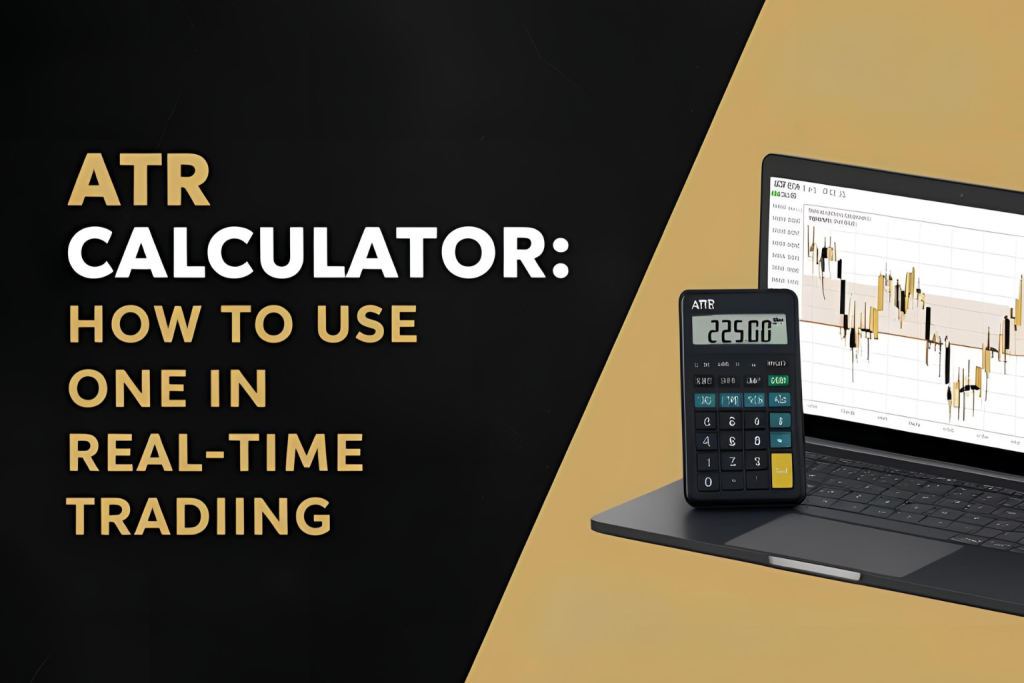TradingView is one of the most popular platforms for chart analysis, offering an intuitive interface and powerful tools. Among them, the Average True Range (ATR) indicator stands out as a go-to tool for measuring volatility. In this post, you’ll learn exactly how to set up and use ATR on TradingView step by step.
Why Use ATR on TradingView?
- Quick access to volatility data
- Custom alerts for ATR values
- Combines well with other indicators
- Works on stocks, forex, crypto, indices, and futures
Whether you’re a beginner or pro, TradingView’s clean layout makes ATR easy to apply and interpret.
✅ How to Add ATR on TradingView
- Open your chart on TradingView
- At the top, click the Indicators icon (or press
/) - In the search bar, type “Average True Range”
- Click on it (under “Built-ins”) to add it to your chart
- ATR will appear below the main price chart in its own panel
Customizing ATR Settings
Once added, you can customize ATR for your strategy:
- Hover over ATR and click the gear icon (⚙️)
- In the Inputs tab:
- Length: Default is 14 (change to 10 or 21 based on your preference)
- Source: Usually set to
close(no need to change unless you’re testing)
- In the Style tab:
- Change line color or thickness for better visibility
- Click OK to apply
✅ How to Set Up ATR Alerts
- Hover over the ATR panel
- Click the three-dot menu → Add Alert on ATR
- Define alert conditions:
- Example: ATR greater than 2.0
- Choose alert action (popup, email, app, webhook)
- Click Create
Now you’ll be notified when market volatility exceeds or drops below your set ATR threshold.
Practical Uses of ATR on TradingView
| Use Case | How ATR Helps |
|---|---|
| Stop-Loss Placement | Set stops at 1.5x or 2x ATR below entry |
| Trade Filtering | Avoid low ATR setups that indicate flat market |
| Volatility Breakouts | Set alerts for sudden ATR spikes |
Bonus Tip: Use ATR with Other Indicators
Combine ATR with:
- Moving Averages → filter only volatile trends
- RSI or MACD → enter only when price AND momentum agree
- Support/Resistance → ATR confirms how far price might run
Final Thoughts
The ATR on TradingView is easy to set up and powerful for real-time decision making. Whether you’re managing risk, scanning for breakouts, or avoiding choppy markets, ATR helps you trade smarter by focusing on volatility behavior, not just price direction.
✅ FAQs
1. Is the ATR indicator free on TradingView?
Yes. ATR is available in the free plan under “Built-ins.”
2. Can I create custom ATR scripts?
Yes. Use Pine Script to build or tweak ATR-based tools.
3. What timeframe works best for ATR?
It depends on your trading style. Intraday: 5min–15min. Swing: 1H–1D.
4. Can I get alerts on mobile?
Yes. Enable mobile notifications in TradingView’s alert settings.
5. Is ATR better than Bollinger Bands for volatility?
ATR gives a numeric value; Bollinger Bands show visual zones. They serve different purposes and can be used together.




